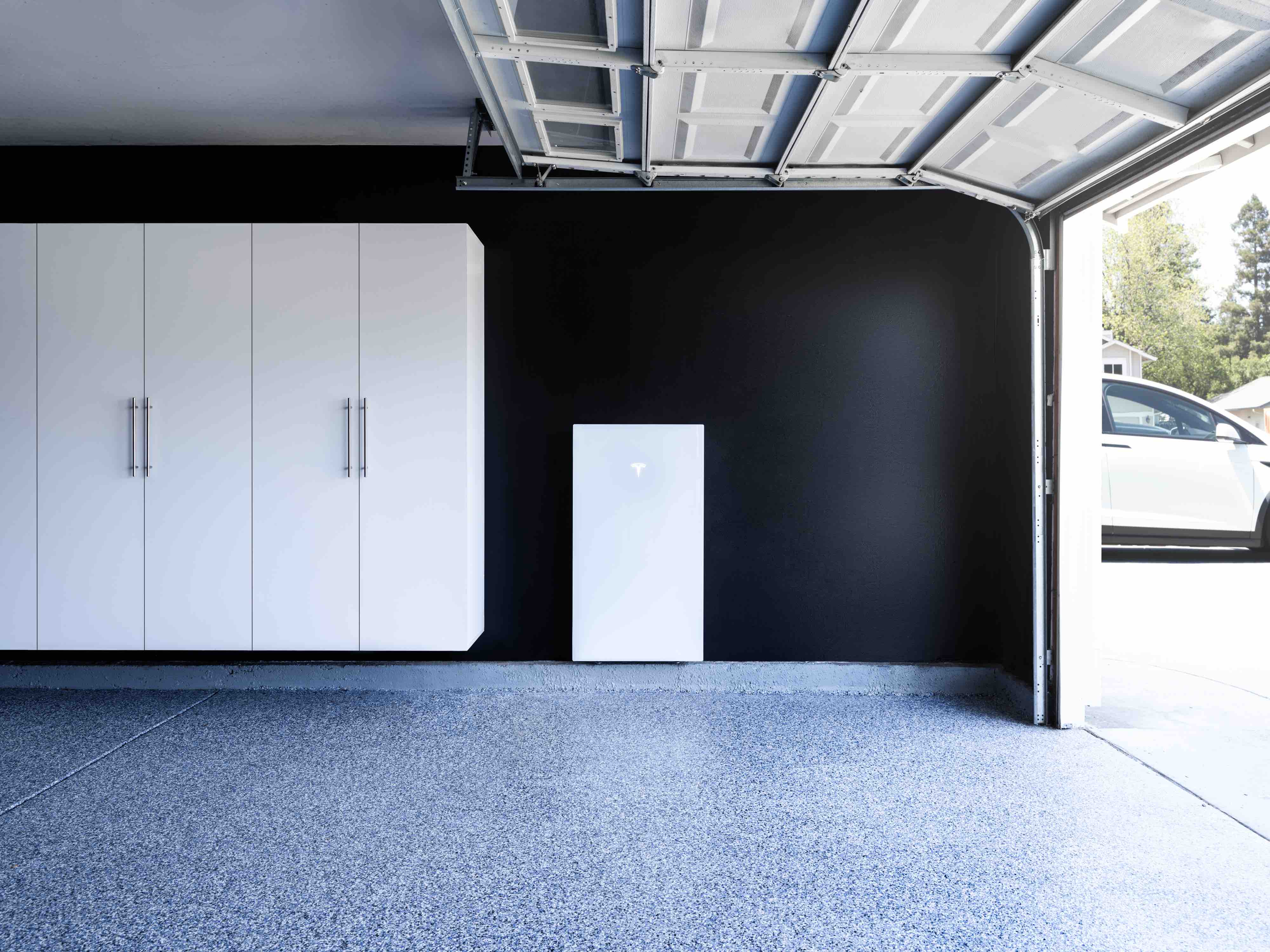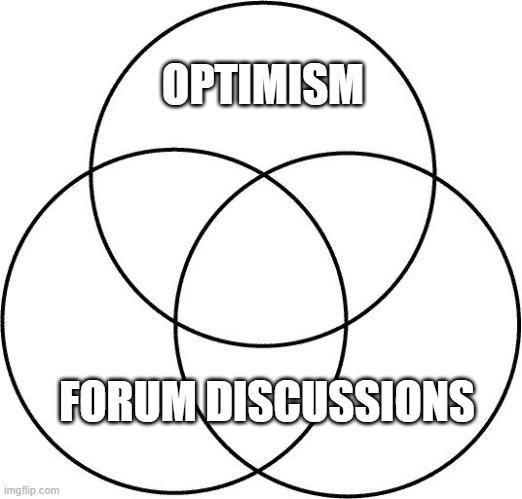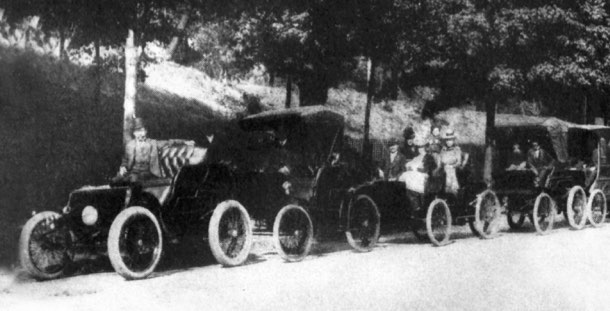jryoung
Well-known member
EPC is far more expensive per watt the smaller the installation. Parking structures being the most expensive due to the amount of steel needed.I’ve always wondered why huge parking lots aren’t covered with solar panels. Protection from the elements for cars and drivers, and generating power from already developed space. But instead they put huge arrays in big open country negatively impacting habitats.I’m sure there’s some technical or financial reason.
Last edited:








